Continuing the popular TCN series 25 Things to Know on July 23, 2016, a visit to the very north of the country - delightful Medjimurje.
Nestled between two rivers Drava and Mura, the Medjimurje region is located in the northernmost part of Croatia with rich plains and lush green hills and is often called the flowerbed of Croatia.
1. Let’s start with the best wines in the entire region.
Cultivation of grapes and winemaking in Medjimurje dates back to ancient times, and today, many families in the area produce exceptional wines recognised not only in Croatia but all over the world. White wine varieties that prevail are Graševina, Moslavac, Traminac, Sauvignon Blanc, Muscat Blanc while red wine varieties are represented by Pinot Noir and Cabernet Sauvignon. A visit to Medjimurje would not be complete without a tour of the Wine Road, 30 kilometres with around 30 wine tasting establishments. One of the must try varieties is Pusipel which was created right here in Medjimurje, revitalising the almost forgotten Moslavac sort. And ladies, the men in Medjimurje are very fit because of all the work around the vineyards!
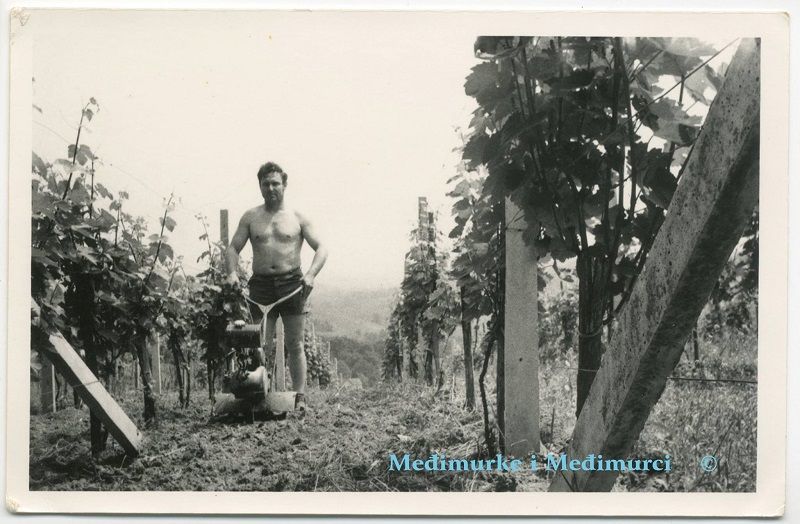
Photo credit
2. Medjimurje had dragons long before Daenerys Stormborn!
Medjimurje is full of legends and stories of dragons and fairies, the most renowned one being the legend of Pozoj, authentic Medjimurje dragon. Every part of Medjimurje has its own version of the Pozoj legend, for instance, they say a green Pozoj is still resting under Cakovec with his head located under the Old city and tail somewhere around the church of St. Nicholas (or the other way around). Strigova also has its very own Pozoj, Sveti Juraj na Bregu still talks of the black pozoj who was slain by St. George on a white horse. As we travel to the lower parts of Medjimurje, the dragon legends multiply. For instance, until the beginning of the 20th century, more than 90% of the villagers believed a pozoj was still living in one of the pits near Donji Vidovac, not to mention many stories and legends of dragons in the area where three rivers Mura, Drava and Trnava meet.
3. World’s first ever oil field is located in Medjimurje
Even though specialised literature states that the very first oil well was built in 1859 by Edwin L. Drake in Titusville in Pennsylvania, the villagers of Peklenica beg to differ. They claim that the first organised oil extraction actually happened in their village three years earlier, in 1856 on the farm owned by Count Juraj Feštetić, and the first oil extraction concession was issued in 1858, so we can say the petroleum industry was, in fact, born in Medjimurje.
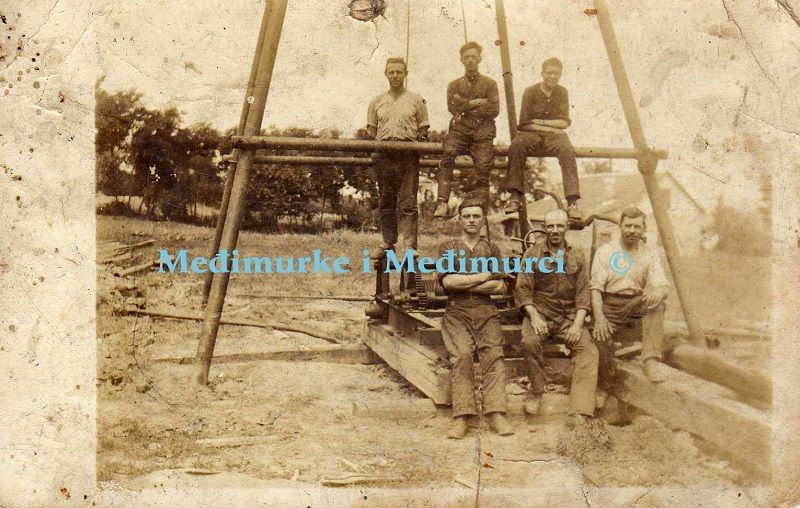
4. Two of Croatia’s largest artificial lakes are located in Medjimurje
The River Drava in Medjimurje is not only the source of water for the county, it is also the home of Croatia’s largest artificial lake, Lake Dubrava, which was built to service the local power plant. Today, it is a fantastic location for various types of sport such as fishing and hand gliding and it even has a small marina. Another artificial lake built on river Drava, Lake Varazdin is also a fantastic location for a day trip, angling, water sport or a bike ride. After a day of cycling, nothing beats a cold one by the lake with a cold breeze in your hair.
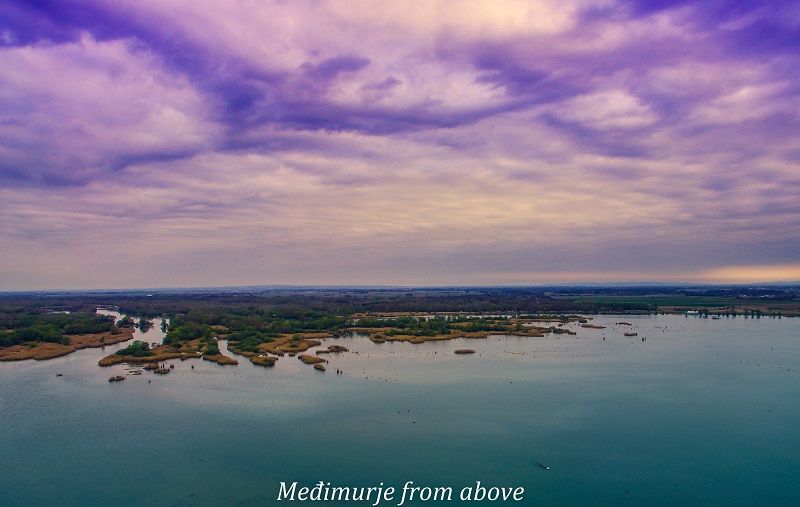
5. It’s surrounded by beautiful nature.
With slopes of the Alpine foothills in upper Medjimurje, rivers Drava and Mura on its borders and the Pannonian plain in Lower Medjimurje is a region of stunning natural and biodiversity, perfect for nature enthusiasts, bird watchers, cyclists and anyone looking to get in touch with nature.
Spend your day at the Regional park between the rivers Mura and Drava, visit the floodplain forest along the Mura, Drava’s former river course or the protected natural monument - wet meadow of Bedekovićeve grabe and see one of the most endangered European species, the majestic Scarce Large Blue butterfly. Not bad for the smallest Croatian county, is it?
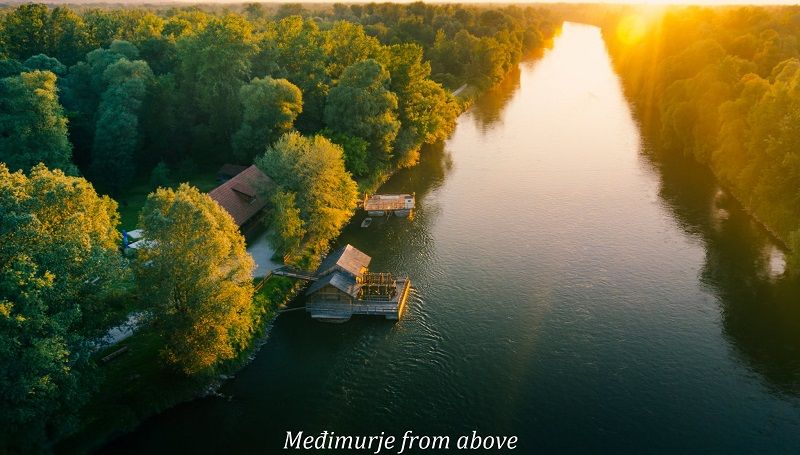
6. There are many wine festivals, hundreds of vineyards and wine cellars.
If your motto is In vino veritas, then there are plenty of opportunities to practice it in Medjimurje. Martinje, the day of St. Martin, wine patron, is celebrated in style in Medjimurje. The entire region, adorned with rich autumn colours, turns into a string of opened wine cellars November 11-14, providing locals and guests with the chance to try the very best wines of the region, attend a young wine christening, enjoy some home cooked goose with traditional pasta (mlinci), participate in the wine goulash making competition or simply sit back, relax and enjoy the festivities.
Along with Martinje, there’s also Urbanovo, another annual wine festival held in the wine town of Strigova mid-May. More than 20 wine cellars participate, offering their best whites, reds, roses and sparkling wines.
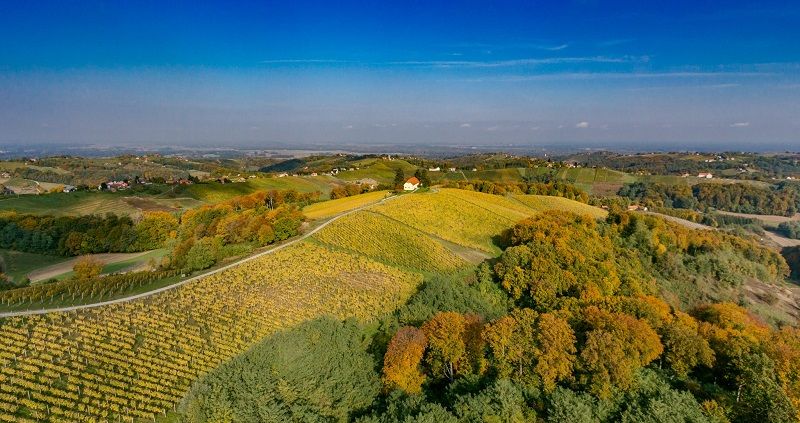
7. In Medjimurje, even the hot springs are hotter than anywhere else.
This region is filled with hot springs. And by hot, we mean really hot. Did you know that hot springs in Draskovec go up to a temperature of 104 degrees Celsius some 1800 metres below ground level? Not ideal for swimming but a great source of geothermal energy which will soon be utilised in the very first geothermal plant in Croatia. If you prefer something cooler, great hot springs are available in Sveti Martin na Muri, with a temperature ranging between 30 and 34 degrees. Perfect for relaxing those aching muscles after a whole day of cycling, hiking or jogging.
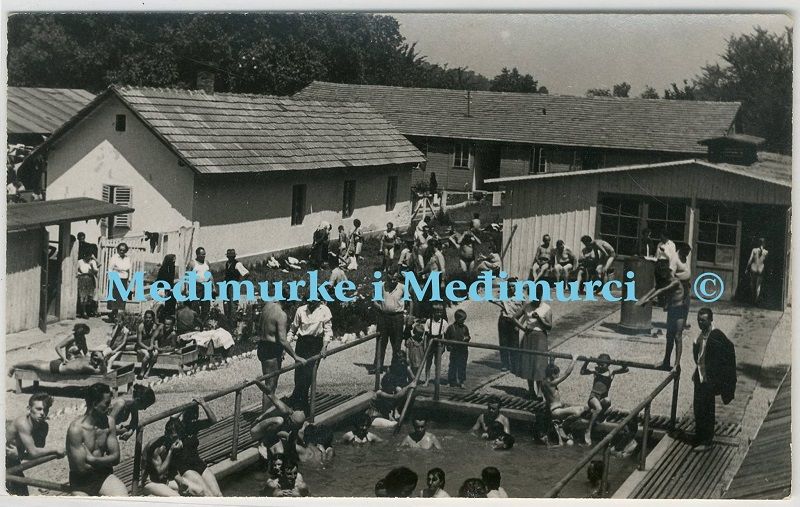
8. And you thought your Halloween masks are scary.
If you’re always looking for inspiration for your next scary Halloween mask, don’t miss the Krampuslauf parade in Sveti Martin na Muri. It is an event organised every year around St. Nicholas’ day in December and it brings back old traditions and customs drawing in many visitors and traditional carnival groups from both Croatia and abroad. If you’re easily scared or have nightmares after watching horror movies, it may be best to just enjoy the photos because the Krampuslauf masks will scare the child in you!
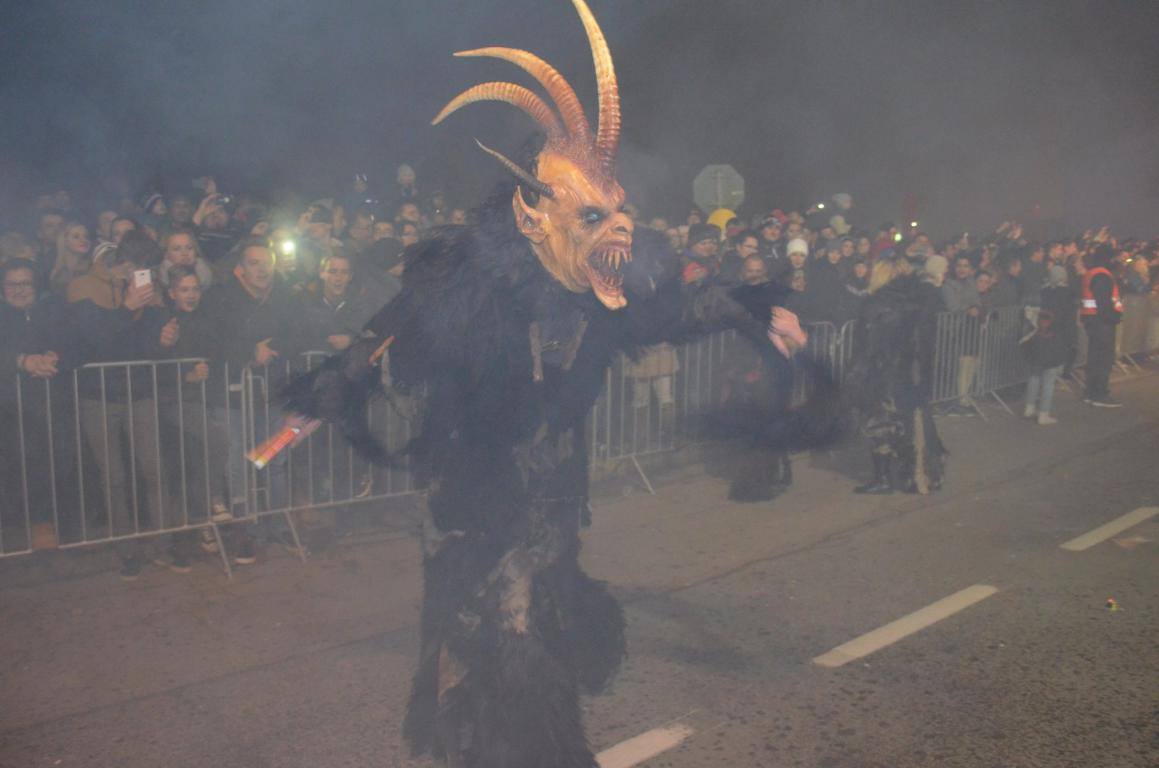
9. Mala Hiza (Small house) for a grand gastro experience.
A lot can be said about the food in Medjimurje. It’s versatile, rich in flavour, and one particular place earned almost a cult status in the region. Mala Hiza (meaning little house) is an eatery located in the small village of Mackovec. Former old traditional village cottage from 1887 was rebuilt brick by brick by a gastro enthusiast, keeping the authentic look and feel of the original building. The food is just as authentic and honest as the house but always with a little twist, showcasing the richness of products made in homestays in the area and local wines so maybe that’s the reason why so many gastro enthusiasts travel for miles to try what’s new on the ever changing and innovative menu.
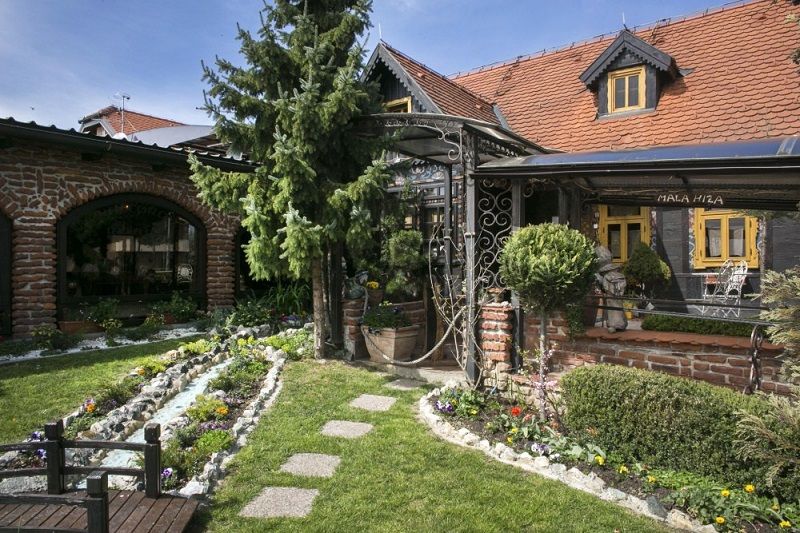
10. The oldest railway line in Croatia and one of the oldest in Europe.
Railway transport in Medjimurje has always had great significance, and the fact that it was built exactly 156 years ago makes it the oldest railway line in Croatia. On April 24th, 1860, the first line was opened from Kotoriba over Čakovec to Macinec, connecting Nagykanizsa/ Hungary and the town of Pragersko in Slovenia and the regular traffic started on 1st of May with two pairs of combined (passengers-freight) trains.
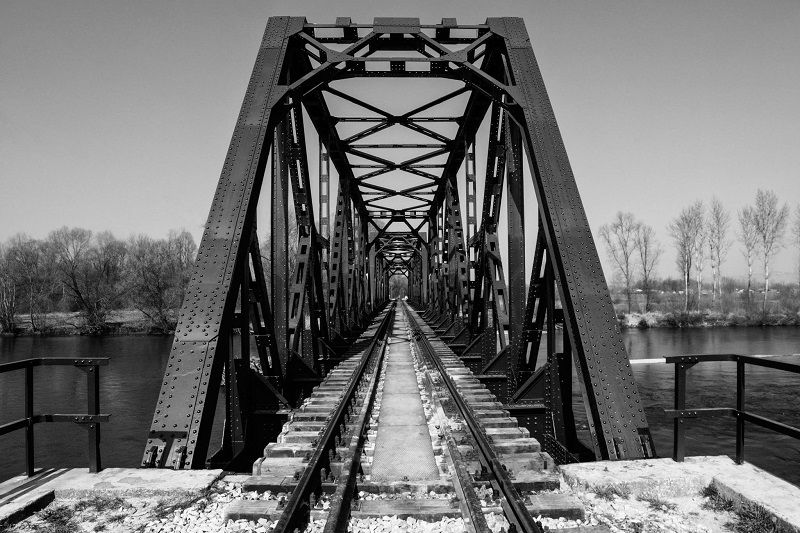
Photo credit Ivan Šardi
11. Feel the crowning glory of the Cakovec castle
A medieval fortress which was built in the 13th century by Count Dmitar Cak – the namesake of Cakovec, was later refurbished and rebuilt by ban Nikola Zrinski in 1546 who turned it into a castle and his family home. Today it is known as the Cakovec castle or Zrinski Castle and Old Town of the Zrinskis. It was refurbished several times throughout history and the outline we see today is the result of the refurbishment which followed an earthquake in 1738. The castle has been the home of the Museum of Medjimurje Cakovec since 1954.
12. Medjimurje is the homeland of many historic generals and warlords
Nikola Subic Zrinski is renowned across Europe for his involvement and ultimately crucial role with the Siege of Szigetvár 450 years ago and is today seen as a hero by both Hungarians and Croats. He was the great-grandfather of Croatian Ban (Viceroy) Nikola Zrinski who was not only a great military mind and statesman but also a Croatian/Hungarian poet. His epic poem, the Peril of Sziget, of which his great-grandfather is the hero, assured Zrinski's place in Hungarian culture. The epic remains in print today and is considered one of the landmarks of Hungarian literature.
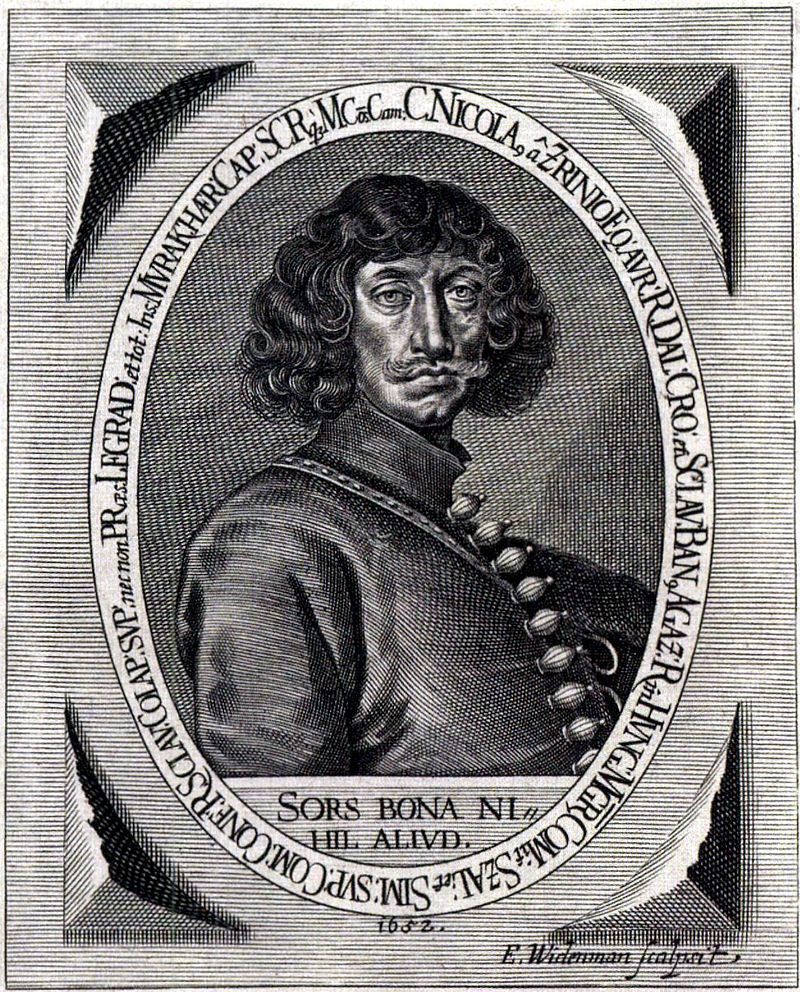
13.There’s nothing remarkable about mornings in Medjimurje…or is there?
Misty mornings in Medjimurje are a sight you remember for the rest of your life.
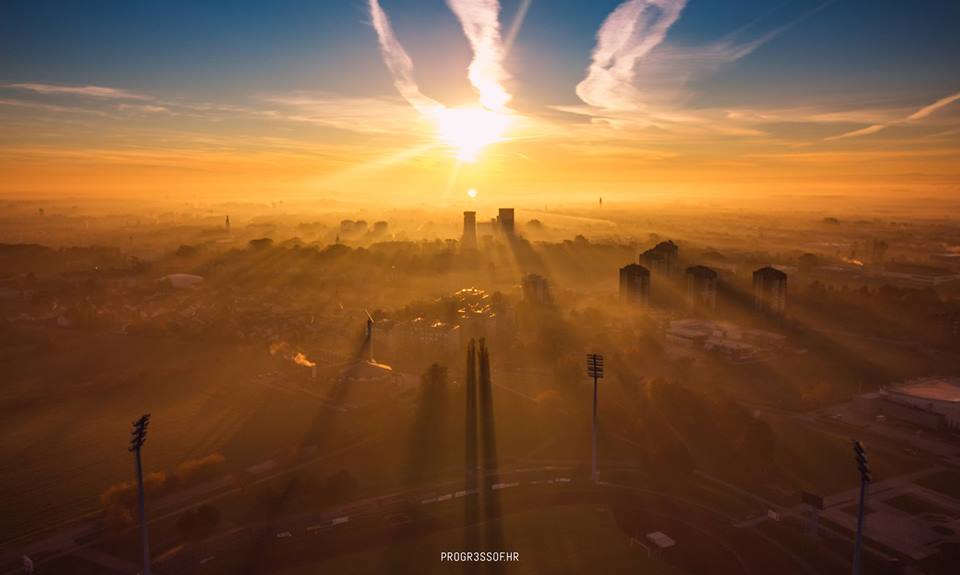
14. Medjimurje is the first thing you see when you enter Croatia from the north.
Did you know that Mursko Središće is the northernmost city in Croatia and one of only 3 cities in Medjimurje?
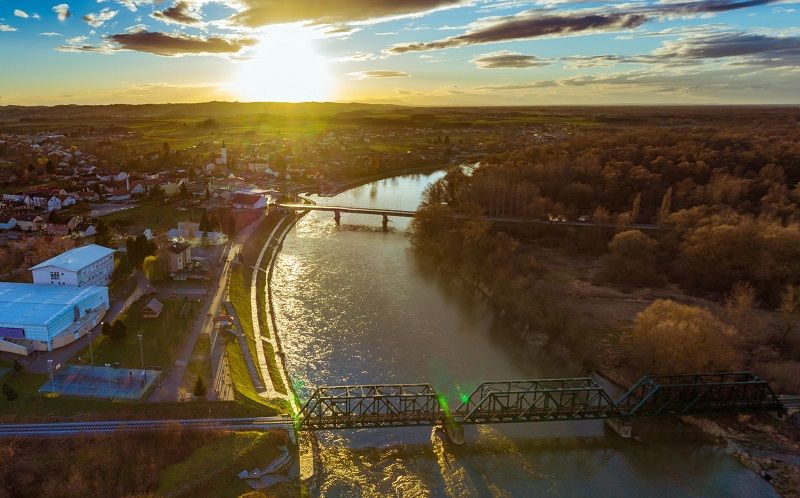
15. Dalmatia has lamb and Medjimurje has fish on the spit.
In the municipality of Kotoriba in Medjimurje, they absolutely love two things – making everything possible out of wicker and grilling carp on a spit. In fact, they love it so much they dedicated an entire event to these two activities – Days of fish and wicker! You can also taste the renowned (and spicy) fish stew with paprika (fish paprikash) and many other regional specialties. You know the fish is fresh because you can catch it yourself in the big pool in the middle of the expo grounds.
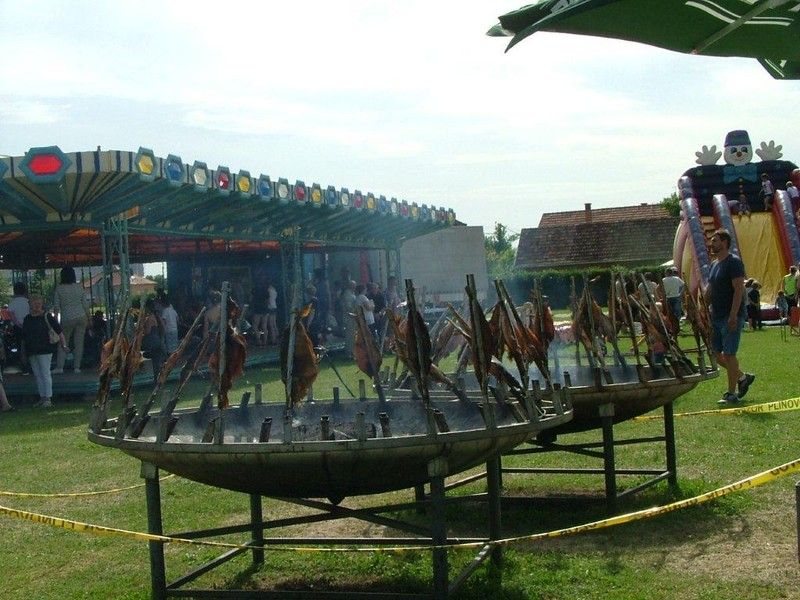
16. Our rivers can't be controlled, they're wild, natural and stunning.
That's why Mura is a nature park and its estuary is one of the last untouched parts of Europe filled with rare animal and plant species. Perfect for long walks, hiking, cycling and of course swimming during summer if you want a nice change from the beach.
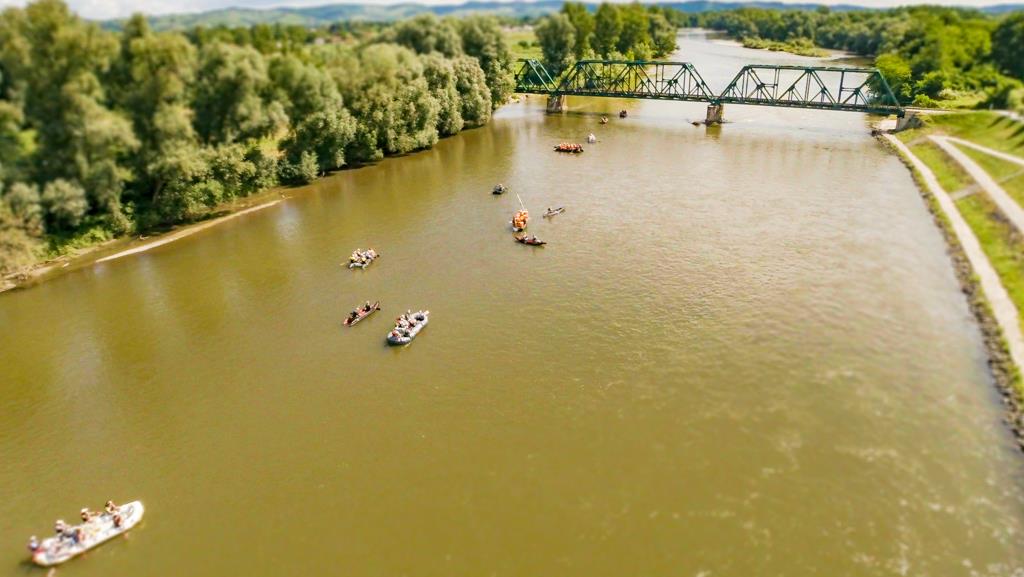
17. People in Medjimurje are great hosts and enjoy good food, drinks and friends.
Medjimurje is a warm and welcoming region with great people and fabulous food. Whether you’re in the mood for something lite such as žljičnjaci or trganci (a type of pasta), locally made turoš cheese, refreshing creamy meat soup with vegetables called pretepena juha or the more “concrete” delicacies including meso 'z tiblice (cooked cured pork with lard in a wooden barrel), don’t forget to finish your meal with traditional desserts međimurska gibanica (layer cake), zlevanka (pie made of cornflour and cream), krapci (cheese and apple pie) and kelešica.
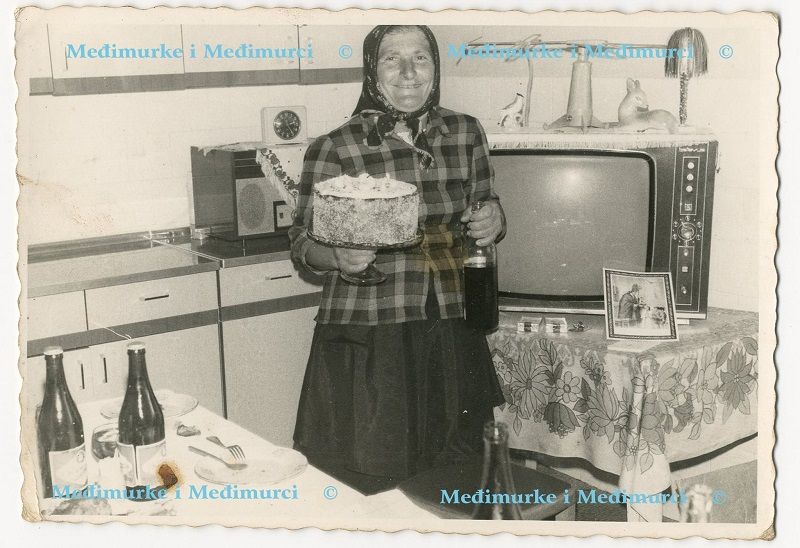
18.When it comes to industry, Medjimurje is one of the most balanced regions in Croatia!
There's a rich history in farming, industry, mining and tourism in Međimurje. Even though it is the smallest county in Croatia, it was always situated positioned in an important European corridor so it has a long industrial tradition, it is known for very developed metal, construction and processing industries, while in the last few years, IT and tourism industry have been flourishing. And, unlike some other parts of the country, because of a favourable business climate, this region doesn’t lack foreign investments.
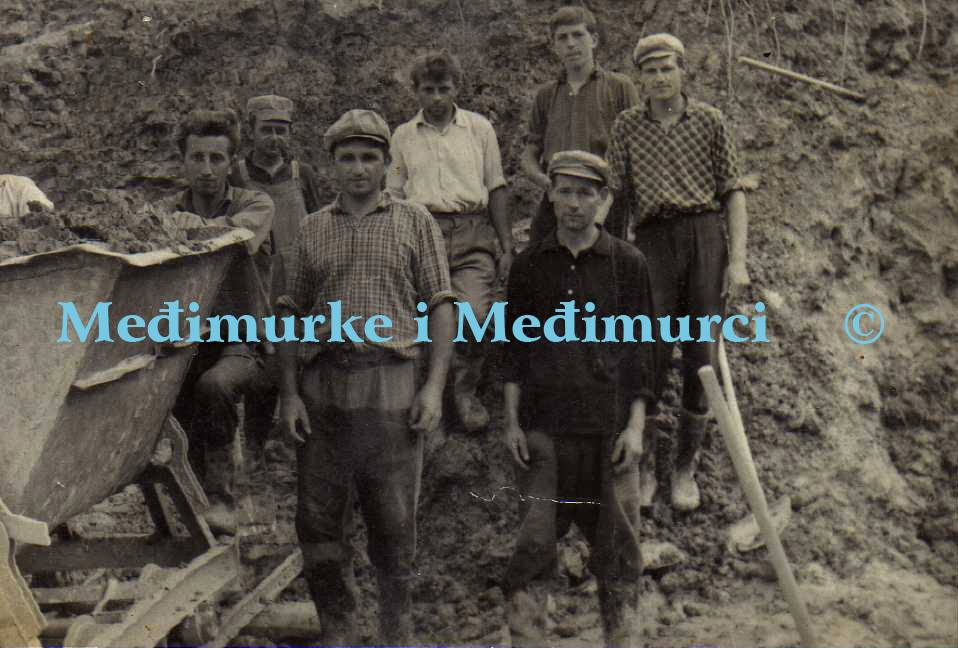
19. Cricket and Medjimurje
Did you know that Donja Dubrava, a village near the Mura-Drava estuary had a cricket club between the two world wars?
Here's a photo t prove it above
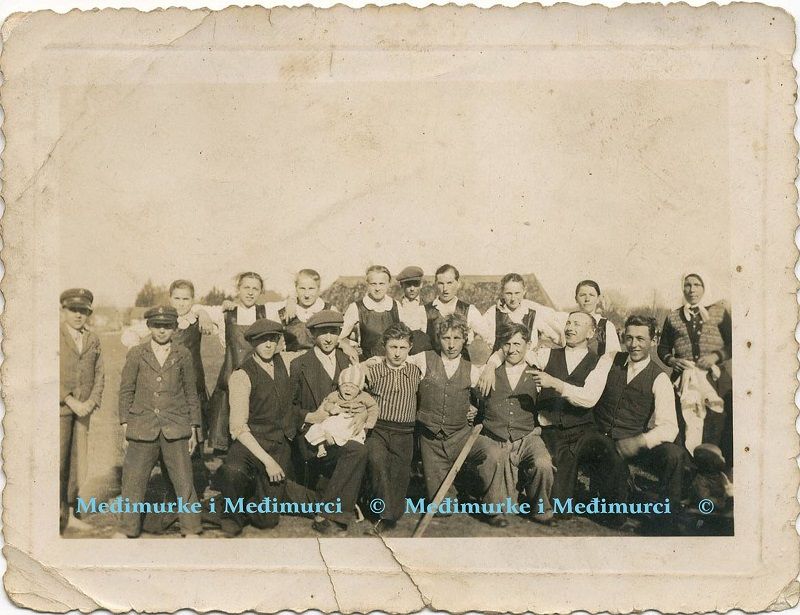
20. Medjimurje is the only region that won 2 EDEN awards (European Destination of Excellence)
Even the Croatian national football team comes to Medjimurje to prepare for their upcoming games. It is versatile, inviting, friendly and offers a wide variety of activities for all ages and fitness levels. You can even play golf! Medjimurje is also the only destination to win not one but two EDEN awards given by the European Commission, the last one being in the category Tourism and local gastronomy in December 2015.
21. The legend of Nikola and Izabela, Medjimurje’s own Romeo and Juliet
Even though historians never really researched the subject, the legend of star-crossed lovers Nikola and Izabela lives on to this day. The legend begins in the early 17th century with Nikola Malakoci, a poor man, and his triumphant win at a knight’s tournament in the Cakovec fort. Juraj Zrinski, the descendant of the famous Zrinski family, showered Nikola with gifts for his win and gave him Gradiscak fort and land as far he could throw his mace. The love story between Nikola and Izabela Petroci began at the tournament when she presented him with the winner’s cup. Her father was against the union at first, because of Nikola’s financial status but that all changed when he received the fort and land. The engagement party was organised soon after with noble guests and dignitaries from the entire region, including the man Izabela was supposed to marry before she met Nikola – Ivan Djulafi. As they were heading towards the church, Djulafi told Izabela’s father that Nikola is a protestant, causing him to ban the marriage. Izabella threw herself off the fort and Nikola decided to demolish it because it reminded him of his lost love. He built a new fort Lapsina in the very same spot where the mace he threw from Gradiscak landed.
22. A history spanning over 7 000 years.
Oldest archaeological sites are located around the Ferencica area near Prelog going back to the Neolithic period. Many Indo-European tribes settled in Medjimurje during the Iron age including Celts, Serets and Pannons. When the area became a part of the Roman empire, it became known as Insula intra Dravam et Muram (the island between Drava and Mura) and Cakovec was known back then as Aquama (the wet city). Throughout history, Medjimurje changed many rulers since it was a part of the Ostrogoths Kingdom, the state of the Lombards, the Avar Khaganate, and the Frankish Kingdom. When the Slavs came, the area was included in two Slavic states the Principality of Lower Pannonia and the Principality of Pannonian Croatia. Subsequently, the area was included into the medieval Kingdom of Croatia. Then came the Hungarians followed by the Habsburg administration, Kingdom of Serbs, Croats and Slovenes, Yugoslavia and finally the Republic of Croatia.
23. Hundreds of churches, chapels, pillars and tributes dot the Medjimurje map.
Medjimurje is renowned for its sacral buildings and most significant ones are also listed as cultural heritage buildings. If you’re interested in sacral art and architecture be sure to visit St Jerome’s Church in Štrigova, St Martin’s Church in Sveti Martin na Muri, St George’s Church in Lopatinec, St Nicholas’s Church in Čakovec, Visitation of the Blessed Virgin Mary Church in Macinec, Church of the Holy Trinity in Nedelišće, St James’s Church in Prelog, Assumption of the BVM Church in Sv. Marija, Seven Sorrows of the BVM Church and St Cross Church in Kotoriba.
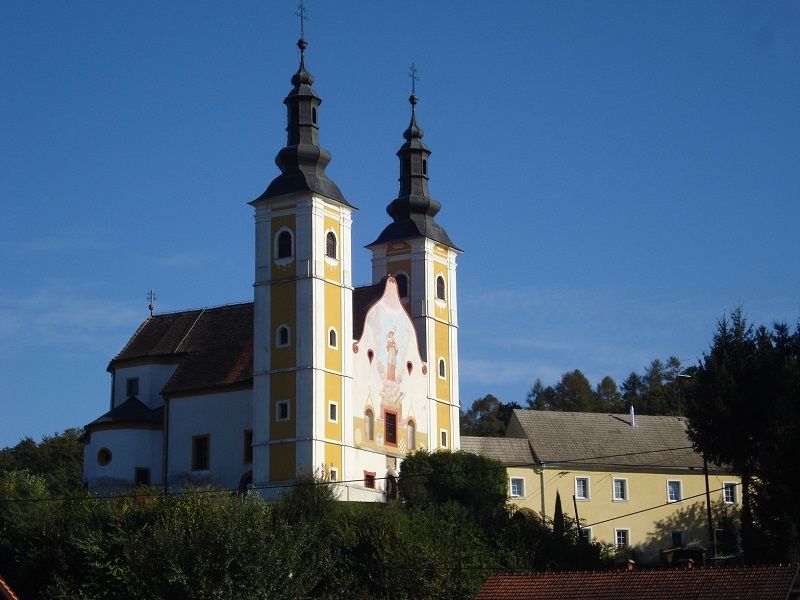
24. Medjimurje is the smallest Croatian county with only 3 cities
What it lacks in size it makes up for in hospitality and charm. On your next trip to Medjimurje don’t forget to visit all three cities: Cakovec, Prelog and Mursko Sredisce
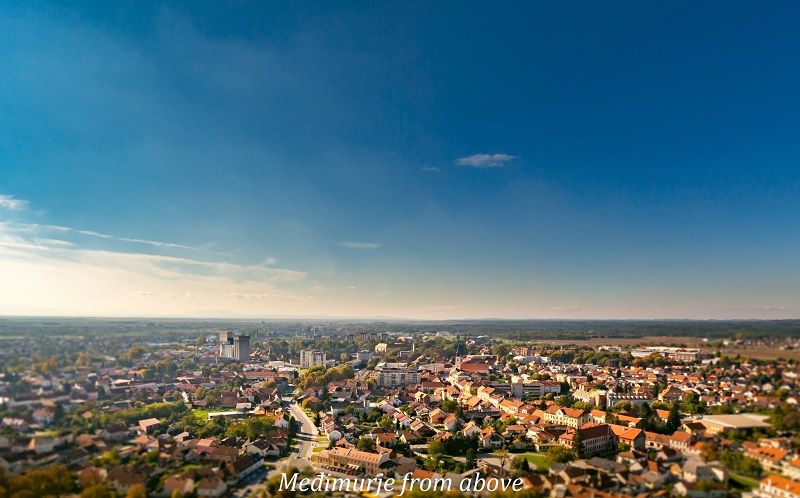
25. Gold rush in Medjimurje
If you walk along the rivers Mura and Drava in Medjimurje, especially near Donji Vidovec, you may come across real life gold prospectors. No, we’re not kidding. Gold prospectors have been searching the rivers and sandy shores in Medjimurje since the 16th century and the last big find was in 2011. Gold from Mura and Drava rivers is considered to be the purest natural gold on the planet.
With particular thanks to two excellent Facebook pages, Medjimurje from Above and Medjimurke i Medjimurci.
And to finish, take a couple of video tours of this spectacular region.
And in winter...
Walking in a winter wonderlandWalking in a winter wonderlandIt’s cold outside, but that’s no reason to stay cooped up indoors!In the northernmost part of Croatia, between the Drava and Mura, with green hills and rich plains, there is a charming little place called Medjimurje!Winter wonderland by Lovely Međimurje
Posted by Croatia Full of life on Monday, 11 January 2016


